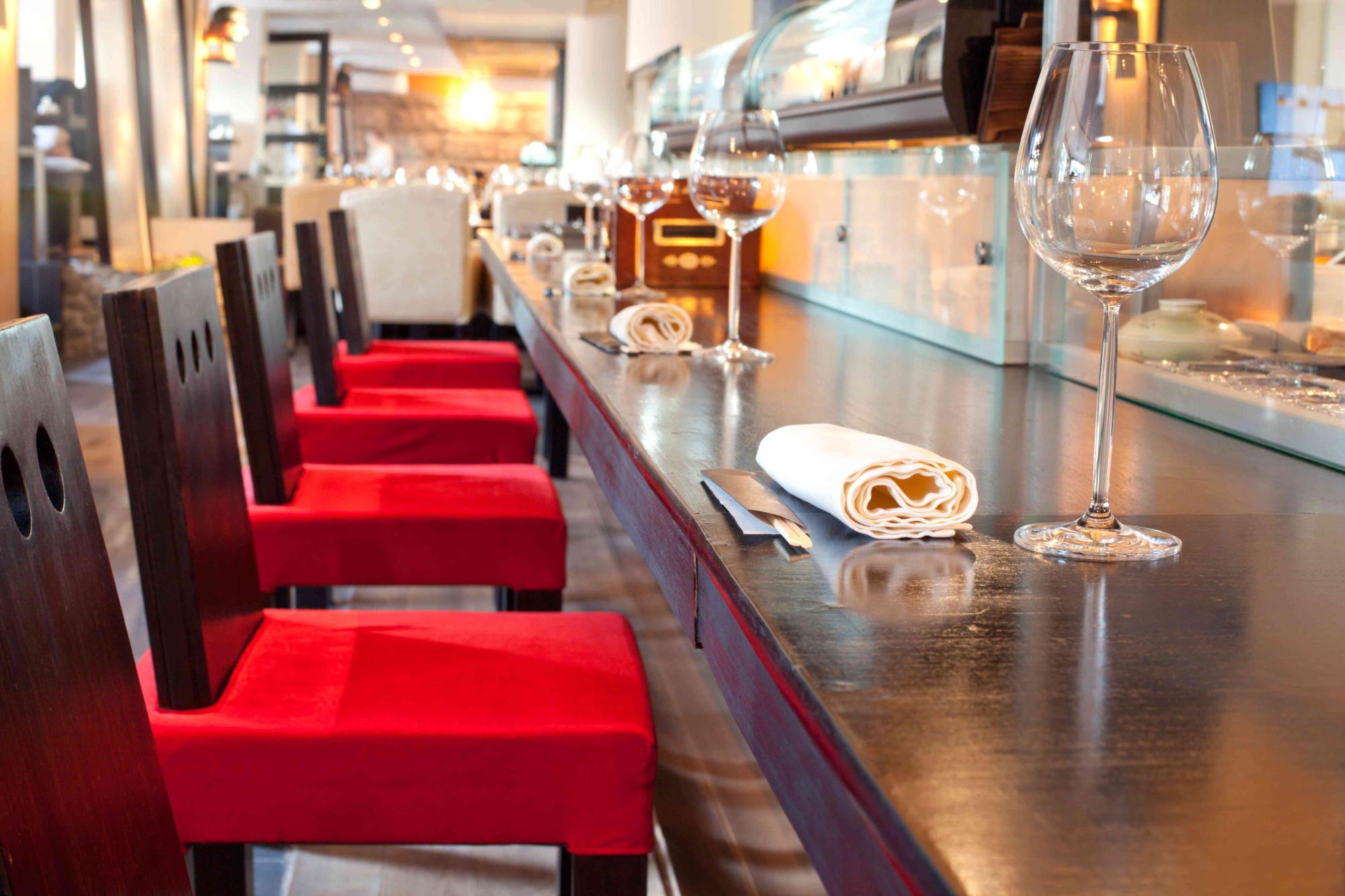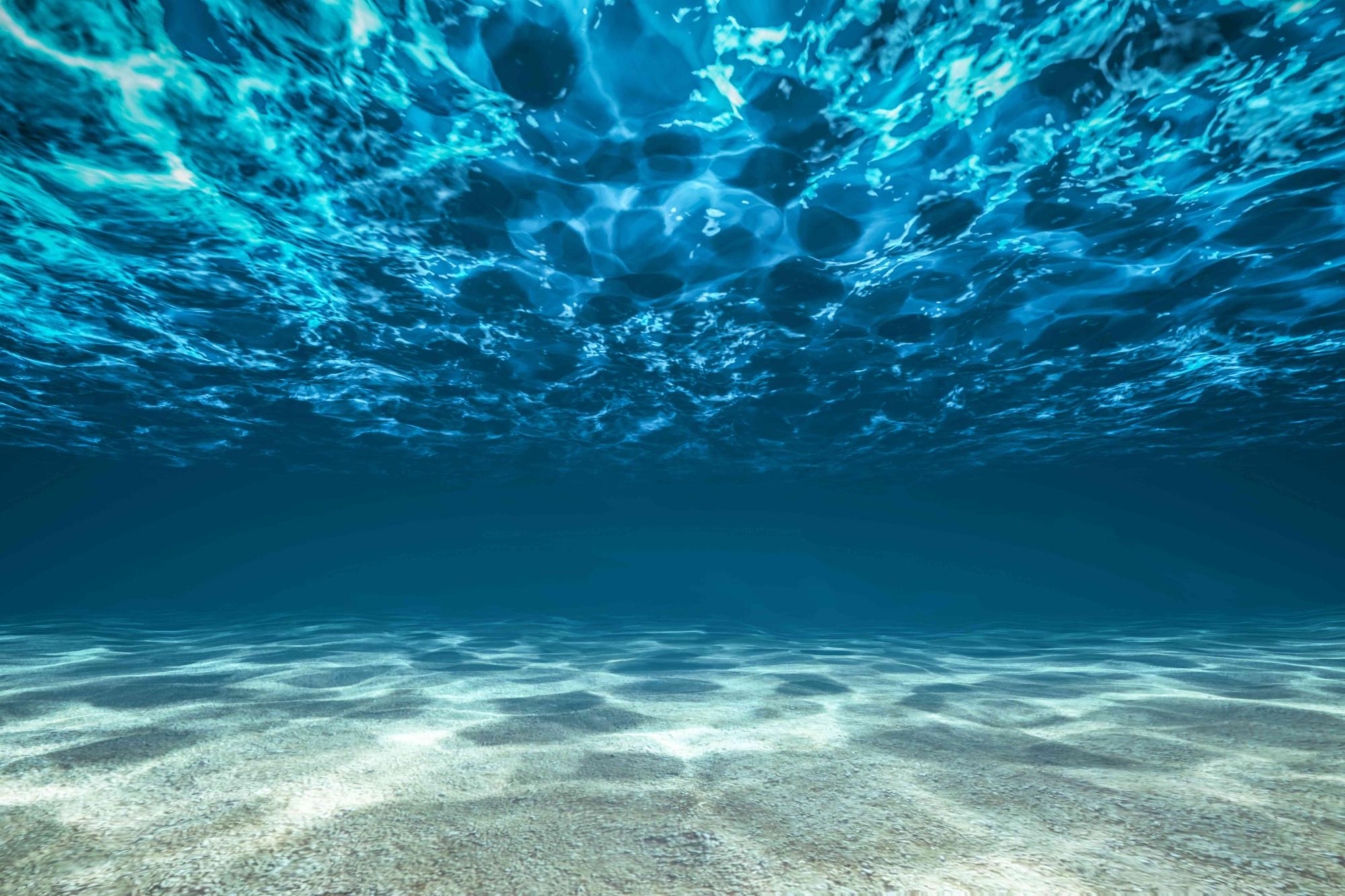Within this year alone, there have been a dozen articles on mislabeled fish. Not only does it happen in our supermarkets, but it also takes place in our restaurants.

After consistently reading articles about hormone injections given to animals and their mistreatment on farms, before being butchered for our local grocery stores, we all assumed, "Well, at least our fish haven't been tampered with!" If you are one of the consumers who think that way... think again.
For example, escolar can be sold as albacore tuna, and we wouldn't know the difference just by looking at it, because those fish look almost identical.
This year, the Hollywood Reporter published an article titled Which of L.A.'s Top Sushi Restaurants Mislabel More Than Half Their Fish. Peter Flax starts his article by stating, "THR tested samples of five common fish species from eight highly rated spots (including Sugarfish, Hamasaku and Katsuya) and found that 60 percent of specimens didn't match what was listed on the menu."
In another article titled Testing Shows Many Bay Area Restaurants Mislabel Fish, Susie Steimle and Abigail Sterling name nine restaurants in the Bay Area that are guilty of mislabeling.
According to Alison Hewitt's January 11, 2017 article Bait and switch: UCLA study finds fish fraud runs rampart, "Over the four-year study, only bluefin tuna was always exactly as advertised. While only one of 48 tuna samples was not tuna, different kinds of tuna occasionally swapped places, including two samples that turned out to be Atlantic bluefin tuna and southern bluefin tuna, species classified as endangered and critically endangered. Out of nine orders of yellowfin tuna, seven were a different kind of tuna, usually bigeye-a vulnerable and overexploited species, the researchers said. Salmon remained a largely safe bet, with only 6 of 47 orders going awry. However, all halibut and red snapper orders failed the DNA test, and in 9 out of 10 cases, diners ordering halibut were served flounder. About 4 in 10 halibut orders were species of flounder considered overfished or near threatened."
Mandy Oaklander wrote an article titled The Maryland Crab in Your Crab Cake is Probably Fake, published in Time Health on March 31, 2015. In her article, Oaklander starts by saying, "First, we discovered that the fish in our sushi isn't what it claims to be; then, that 30% of U.S. shrimp is making fools of us. Now, a new report from the conservation group Oceana finds that your tasty Maryland crab cake isn't safe from seafood fraud, either. A full 38% of Maryland crab cakes the group tested contained imported crab from places as far away as Indonesia and Thailand instead of Maryland blue crab."
